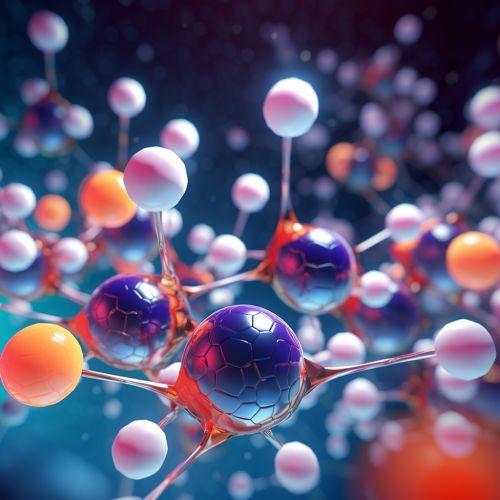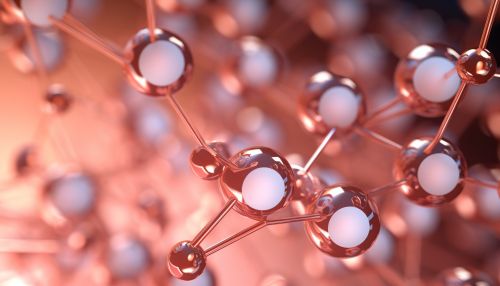Melatonin
Overview
Melatonin is a hormone produced by the pineal gland in the brain. It is known to regulate sleep-wake cycles, also known as circadian rhythms. The production and release of melatonin are influenced by the presence of light and darkness, with levels peaking during the night and dropping during the day.
Chemical Structure and Synthesis
Melatonin is a derivative of the amino acid tryptophan. The synthesis of melatonin involves several steps, starting with the conversion of tryptophan to 5-hydroxytryptophan by the enzyme tryptophan hydroxylase. This is then converted to serotonin, which is subsequently acetylated to form N-acetylserotonin. The final step in the synthesis of melatonin involves the methylation of N-acetylserotonin by the enzyme hydroxyindole O-methyltransferase to produce melatonin.


Function
Melatonin plays a crucial role in the regulation of the circadian rhythm, which is the body's internal clock that governs physiological processes. It signals the body when it's time to sleep and wake up. Melatonin levels typically rise in the evening, remain high during the night, and drop in the early morning hours.
Medical Uses
Melatonin is commonly used in the treatment of sleep disorders such as insomnia and jet lag. It is also being studied for its potential use in the treatment of various medical conditions, including cancer, Alzheimer's disease, and depression.
Side Effects and Interactions
While generally considered safe for short-term use, melatonin can cause side effects such as headache, dizziness, nausea, and drowsiness. It can also interact with certain medications, including blood thinners, blood pressure medications, and antidepressants.
Research and Future Directions
Research on melatonin is ongoing, with studies exploring its potential benefits in various areas of health and disease. Future research directions include its potential role in cancer treatment, its effects on the aging process, and its potential use in the treatment of neurodegenerative diseases.
